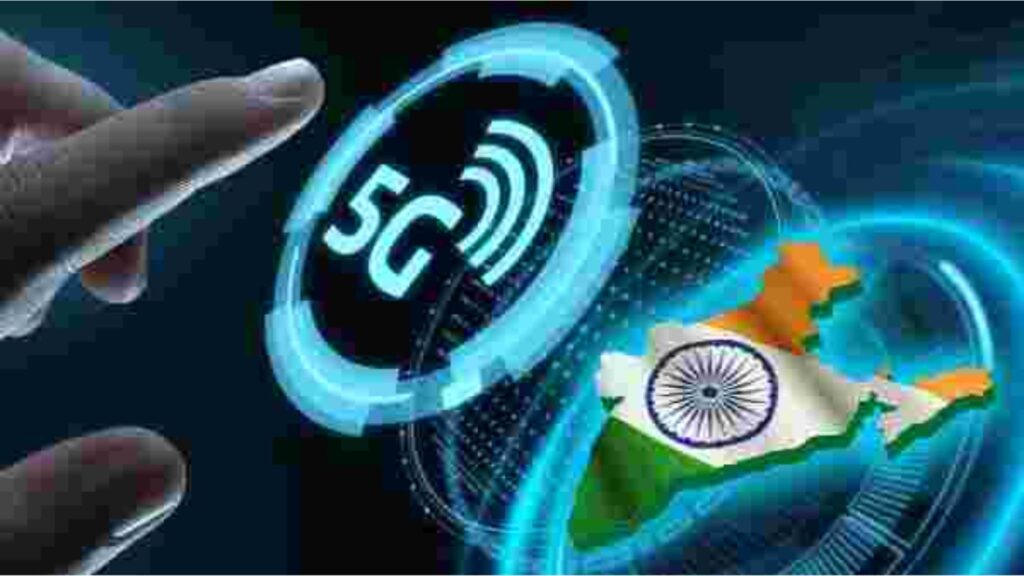In a landmark move to prioritise rural connectivity, Union Minister for Communications Jyotiraditya M. Scindia announced that India will begin testing 5G use cases in villages before introducing them in urban areas. The announcement was made on World WiFi Day at a conference organised by the Broadband India Forum (BIF) in New Delhi, with support from the Department of Telecommunications (DoT), MeiTY, C-DOT, and leading global technology firms.
Rural-First Approach to 5G Rollout
Emphasising the significance of grassroots connectivity, the Minister revealed that 5G pilots would commence in 13 villages across multiple states, from Andhra Pradesh to Madhya Pradesh. These trials will showcase ten different 5G services tailored to rural needs. “We are not beginning in the cities. We’re starting in the villages, in line with Mahatma Gandhi’s vision that India’s strength lies in its villages,” Scindia said.
Affordable Connectivity and Global Leadership
Highlighting India’s leadership in affordable digital access, the Minister noted the dramatic fall in data and call costs. He said the price of 1 GB of data in India has dropped from ₹287 to just ₹9, compared to the global average of $2.49. Similarly, voice call rates have decreased from ₹5 per minute to merely 3 paise. “India now provides data at only five percent of the global cost,” he stated, describing this as the “democratisation of technology.”
Rapid 5G Infrastructure Development
Scindia praised India’s unprecedented pace in rolling out 5G, with more than 5.5 lakh base stations established across the country within just 22 months. The network now covers 99.6% of districts and reaches 82% of the population. “This scale and speed are unmatched globally,” he said, crediting the achievement to Prime Minister Narendra Modi’s vision and the country’s robust telecom ecosystem.
From Fibre to Satellite: A Multi-Pronged Connectivity Push
India’s telecom expansion includes fibre optics, broadband, mobile networks, and emerging satellite technologies. The Minister emphasised the importance of ensuring intense competition within every sector, noting that India is among the few nations with four telecom operators and a growing base of internet service providers (ISPs).
Satellite-based internet, particularly through low-earth orbit (LEO) and medium-earth orbit (MEO) technologies, is also part of the connectivity vision. Administrative spectrum allocation and three active satellite internet licenses are set to bring remote and underserved regions online.
Domestic Telecom Technology and Innovation
India has also developed its own 4G stack through collaboration between public sector unit C-DOT, private manufacturer Tejas Networks, and systems integrator TCS. This development places India among the select few nations with indigenous telecom technology, making it the fifth country globally with such capability.
The Minister lauded the entrepreneurial spirit driven by Wi-Fi, citing real-life examples such as a Varanasi shopkeeper offering Wi-Fi for local students and workers, an app developer in Pune mapping Wi-Fi access points, and a Guwahati mall owner turning into a public data office aggregator.
Device Affordability: A Crucial Component
Scindia urged device manufacturers and chipmakers to produce low-cost hardware to ensure that devices do not become a barrier to digital inclusion. “Access, affordability, and competition are the three pillars of our digital mission,” he said, underlining the importance of inexpensive devices to bridge the digital divide.
Wi-Fi as a Tool for Nation Building
Calling connectivity a tool of empowerment rather than a mere commodity, the Minister committed to lighting up every rural household and empowering every citizen with digital access. “On this World WiFi Day, let us ensure Wi-Fi truly stands for ‘Widespread Inclusion for Future India’,” he concluded.
Towards 50 Million Public Wi-Fi Hotspots by 2030
The BIF, in a statement, highlighted India’s goal of achieving 50 million public Wi-Fi hotspots by 2030. The recent delicensing of the 6 GHz band is expected to enhance high-speed connectivity through Wi-Fi 6E and support future applications in smart cities, factories, and public networks.
With an ambitious roadmap that spans rural trials, satellite internet, indigenous technology, and digital affordability, India is positioning itself as a global leader in inclusive digital development.

